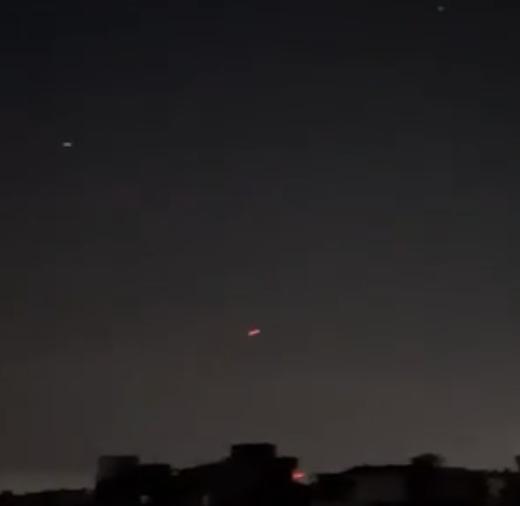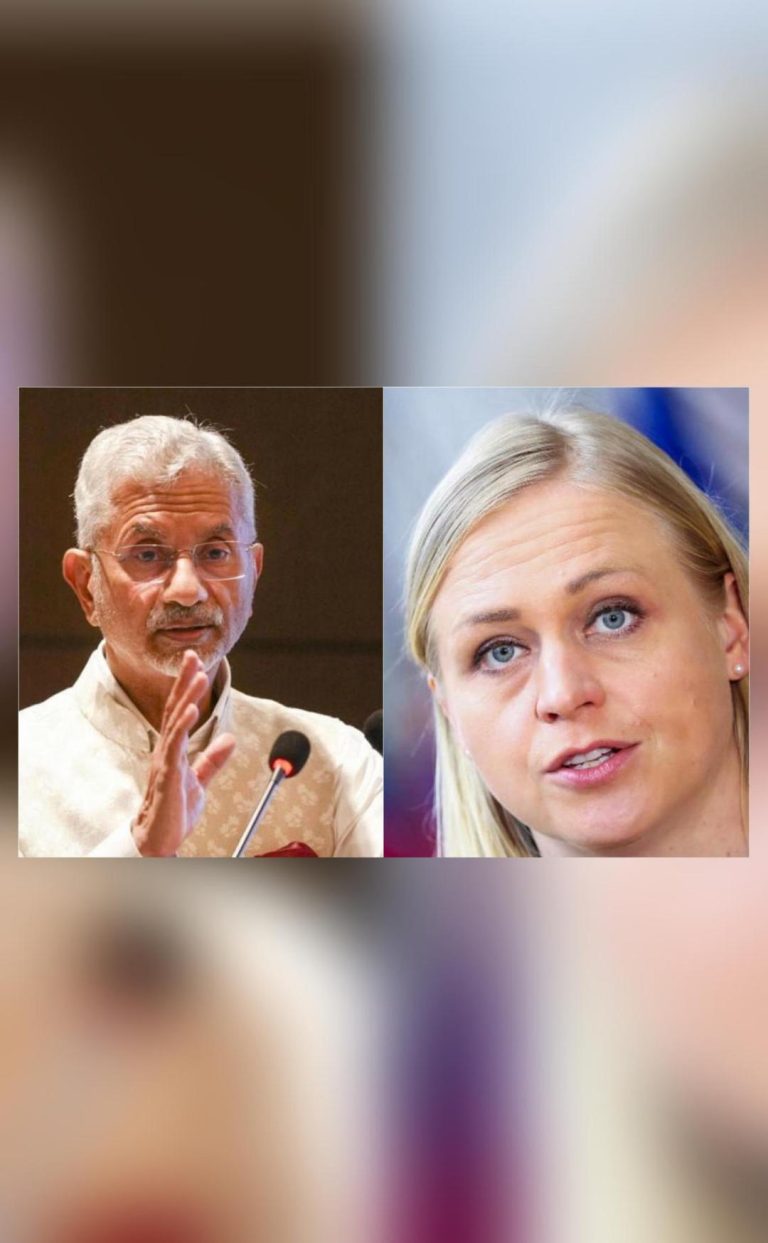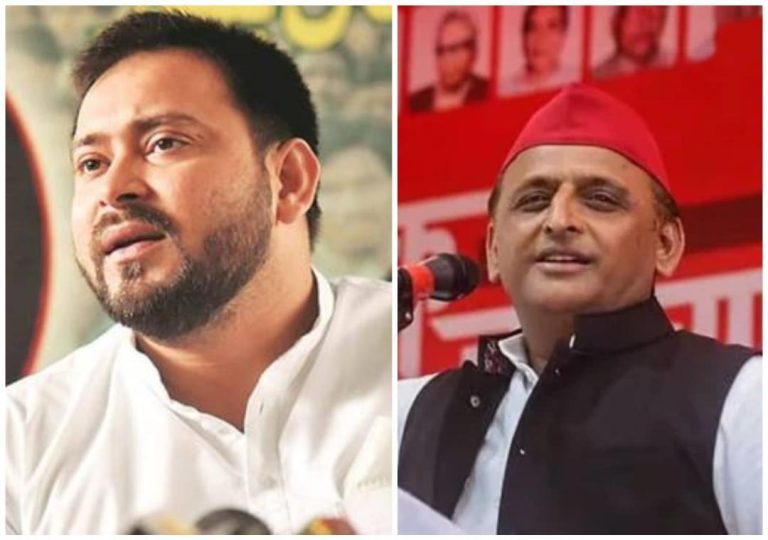
2 Pakistani Drones Shot Down in J&K, Heavy Exchange of Artillery Fire On
Tensions have been escalating along the Line of Control (LoC) in Jammu and Kashmir (J&K) since Thursday evening, when Pakistan launched a surprise attack on several Indian cities, including Jammu. In response, India retaliated with strikes in several Pakistani cities, signaling a significant escalation in the ongoing standoff between the two nuclear-armed neighbors. In the latest development, two Pakistani drones were shot down by Indian Army Air Defence Units in the Naushera sector of J&K, as reported by ANI quoting defence sources.
According to ANI, the heavy exchange of artillery fire is still ongoing between the two sides in the sector, with both countries trading blows in a bid to assert their dominance. The situation in the region is increasingly precarious, with the potential for further escalation and humanitarian crisis.
The Indian Army has been on high alert since Thursday evening, when Pakistan launched a coordinated attack on several Indian cities, including Jammu. The attack, which was carried out using improvised explosive devices (IEDs) and rockets, resulted in the death of several civilians and military personnel. India retaliated swiftly, launching strikes in several Pakistani cities, including Sialkot and Narowal.
The exchange of fire has been intense, with both sides reporting significant losses. The Indian Army has reported that several Pakistani soldiers were killed in the retaliatory strikes, while Pakistan has claimed that several Indian military personnel were also killed.
The situation in J&K has been volatile for several years, with both India and Pakistan accusing each other of ceasefire violations and human rights abuses. The region has seen several skirmishes and proxy wars between the two countries, with both sides trading accusations of aggression.
The recent escalation is seen as a significant development in the ongoing standoff between India and Pakistan. The two countries have been at odds over several issues, including the Kashmir dispute, which has been a major point of contention for decades.
The Kashmir dispute dates back to the partition of India in 1947, when the region was divided between India and Pakistan. The dispute has been ongoing ever since, with both countries claiming sovereignty over the region. The Indian government has maintained that Kashmir is an integral part of India, while Pakistan has claimed that the region is part of its territory.
The situation in J&K has been further complicated by the presence of separatist groups, who have been fighting for independence from India. The groups, which have links to Pakistan, have been responsible for several attacks on Indian military personnel and civilians.
The recent escalation has raised concerns about the potential for a larger conflict between India and Pakistan. The two countries have a history of conflict, including three full-scale wars since independence. The ongoing standoff has also raised concerns about the potential for a nuclear conflict, given the presence of nuclear weapons in both countries.
In conclusion, the shooting down of two Pakistani drones in J&K and the ongoing exchange of artillery fire between the two sides is a significant development in the ongoing standoff between India and Pakistan. The situation in the region is increasingly precarious, with the potential for further escalation and humanitarian crisis.
As the situation continues to unfold, it is essential that both countries exercise restraint and engage in diplomatic efforts to resolve the crisis peacefully. The international community must also play a role in preventing a larger conflict, by urging both countries to engage in dialogue and find a peaceful resolution to the dispute.






